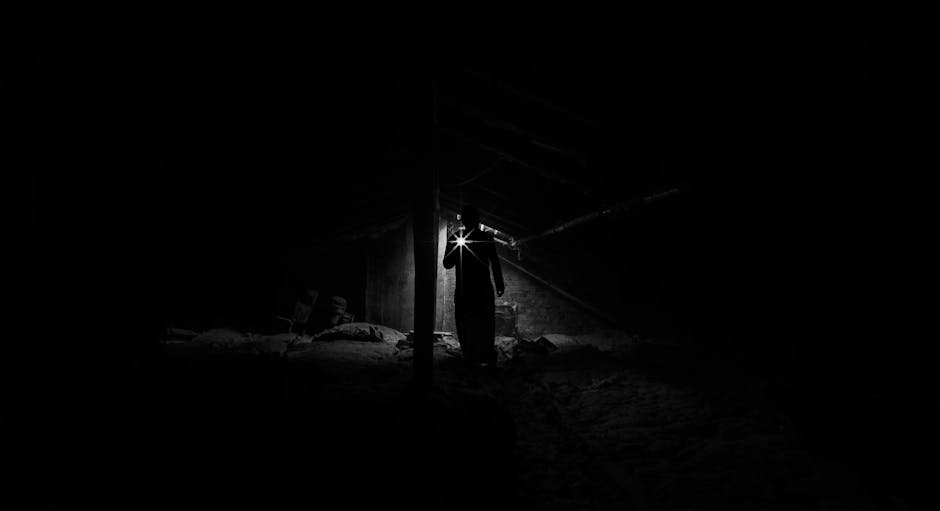Blood Libel: A History of False Accusations, Antisemitism, and the Enduring Struggle for Justice
The blood libel, a monstrous and recurring false accusation against Jewish communities, alleges the ritual murder of non-Jewish children for the supposed use of their blood in religious practices. This horrific slander, devoid of any factual basis, has been a persistent tool of antisemitism throughout history, fueling violence, persecution, and the expulsion of Jews from numerous communities. Understanding the blood libel’s origins, its evolution, and its lasting impact is crucial to combating antisemitism and promoting tolerance.
The Origins and Early Manifestations of the Blood Libel
While the precise origins remain debated among historians, the earliest documented instances of blood libel accusations emerged in the medieval period. One of the earliest known examples stems from Norwich, England, in 1144, where a young boy’s death was attributed to Jews, initiating a wave of violence and the destruction of Norwich’s Jewish community. This case, and subsequent similar accusations, often involved a confluence of factors, including societal prejudices, religious differences, economic tensions, and the scapegoating of a minority group.
The accusation frequently exploited existing religious anxieties. Medieval Christianity, with its complex theological narratives, sometimes found fertile ground for the spread of such false narratives. The image of Jews as “Christ-killers,” already deeply embedded in Christian theology, provided a convenient framework for framing them as perpetrators of child murder. The gruesome nature of the accusation, combined with the vulnerability of children, ensured its powerful impact on popular sentiment.
The Role of Propaganda and Rumor
The spread of blood libel accusations was significantly aided by the limitations of communication and information dissemination in the medieval and early modern periods. Rumours, often embellished and amplified through oral transmission, quickly gained traction, fueled by existing prejudices and a lack of reliable fact-checking mechanisms. Furthermore, antisemitic texts and sermons often perpetuated and reinforced these narratives, solidifying them in the collective consciousness.
The power of visual propaganda should not be underestimated. Woodcuts and other visual media frequently depicted gruesome scenes, further fueling the belief in the blood libel, often portraying Jews in stereotypical, demonic fashion. This imagery contributed to the dehumanization of Jewish people, making it easier to accept the fabricated accusations against them.
Blood Libel in the Modern Era
While the frequency of blood libels decreased in the modern era, particularly with the rise of Enlightenment ideals and increased access to information, the accusation has not entirely disappeared. Even in the 21st century, we have witnessed its resurgence, often spread through online platforms and extremist groups. The ease of disseminating misinformation online necessitates a proactive approach to combating such harmful falsehoods.

The Impact of Social Media and Disinformation
The internet and social media platforms, while facilitating global communication and access to information, have also created fertile ground for the rapid dissemination of false narratives, including the blood libel. Conspiracy theories, often infused with antisemitic rhetoric, quickly gain traction online, potentially impacting perceptions and inciting violence. The anonymous nature of online communication can embolden those who might otherwise hesitate to openly express hateful sentiments.
The algorithmic nature of social media platforms can inadvertently amplify hate speech. Algorithms designed to maximize engagement often promote sensationalized content, including conspiracy theories and misinformation, resulting in wider exposure of antisemitic narratives.
Combating the Blood Libel: Strategies for Counteracting Antisemitism
Combating the blood libel requires a multi-pronged approach that addresses both the historical context and the contemporary manifestations of this antisemitic trope. Educational initiatives are crucial in fostering critical thinking skills and dispelling the myths perpetuated by the blood libel.

- Education: Implementing comprehensive educational programs in schools and communities to address the historical context of the blood libel and its enduring impact on Jewish communities.
- Fact-checking and Media Literacy: Promoting media literacy and critical engagement with information, enabling individuals to identify and challenge false narratives and conspiracy theories.
- Legal Measures: Enacting and enforcing laws that effectively address hate speech and incitement to violence, including those that utilize online platforms to spread misinformation.
- Interfaith Dialogue: Fostering interfaith dialogue and cooperation to combat antisemitism and promote mutual understanding and respect between different religious communities.
- Public Awareness Campaigns: Launching public awareness campaigns to expose the false nature of the blood libel and challenge its pervasive antisemitic underpinnings.
The Importance of Historical Context
Understanding the historical context of the blood libel is crucial for combating its continued relevance. By recognizing the deep-seated societal prejudices and historical events that enabled its spread, we can better understand the mechanisms through which such false accusations gain traction and persist over time. This understanding allows for a more effective response to contemporary manifestations.
The Enduring Legacy of the Blood Libel
The blood libel is not merely a historical phenomenon. Its enduring legacy continues to impact Jewish communities worldwide. The trauma inflicted by this false accusation has had a profound and lasting impact on Jewish identity and collective memory. Even today, the resurgence of antisemitic narratives highlights the importance of continuous vigilance and active resistance.

The blood libel serves as a stark reminder of the dangers of unchecked prejudice, the power of misinformation, and the urgent need for ongoing efforts to promote tolerance, understanding, and justice. Combating antisemitism requires a multifaceted approach, combining education, legal measures, and a commitment to challenging hateful rhetoric wherever it manifests. The fight against the blood libel is not just a historical exercise; it is a crucial element in the ongoing struggle for social justice and equality.

